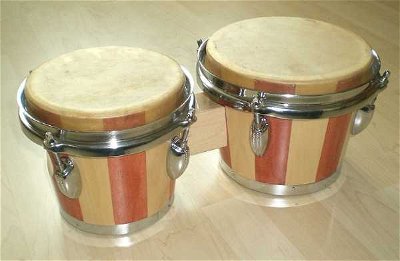 The percussion family of instruments is extremely varied, so I won't try to get everything in on this quiz. Enjoy this sampling of various different types of percussion instruments.
The percussion family of instruments is extremely varied, so I won't try to get everything in on this quiz. Enjoy this sampling of various different types of percussion instruments. Tough, 10 Qns, reedy,
Dec 07 13
 The percussion family of instruments is extremely varied, so I won't try to get everything in on this quiz. Enjoy this sampling of various different types of percussion instruments.
The percussion family of instruments is extremely varied, so I won't try to get everything in on this quiz. Enjoy this sampling of various different types of percussion instruments. |
|
|
|
 Quick Question
Quick Question = Top 5% Rated Quiz,
= Top 5% Rated Quiz,
 Top 10% Rated Quiz,
Top 10% Rated Quiz,
 Top 20% Rated Quiz,
Top 20% Rated Quiz,
 A Well Rated Quiz
A Well Rated Quiz
· All questions, answers, and quiz content on this website is copyright FunTrivia, Inc and may not be reproduced without permission. Any images from TV shows and movies are copyright their studios, and are being used under "fair use" for commentary and education.